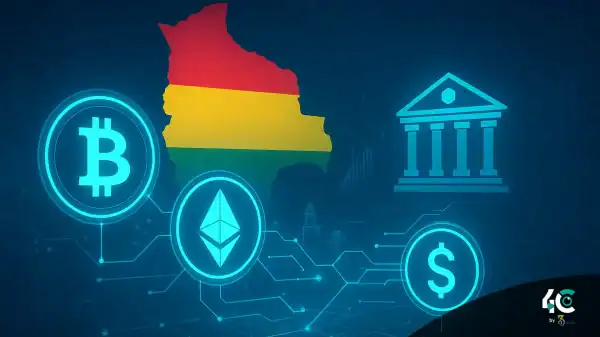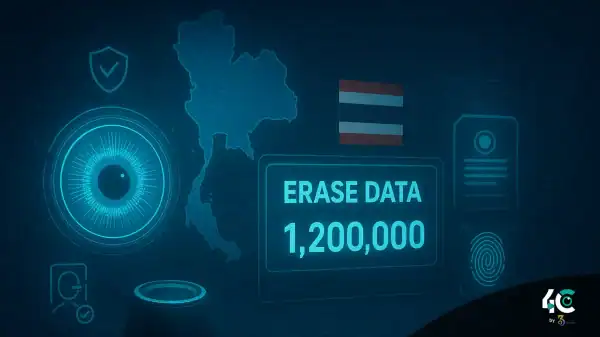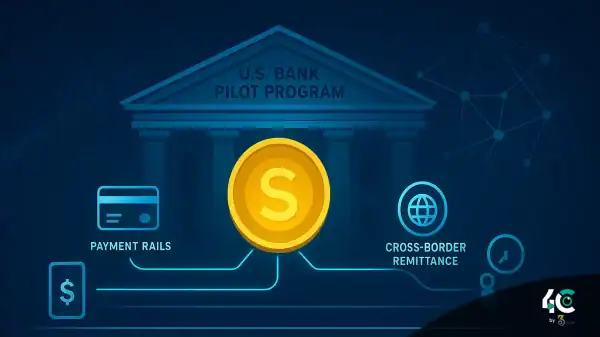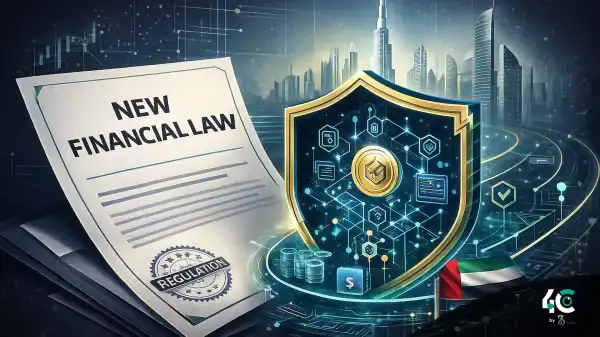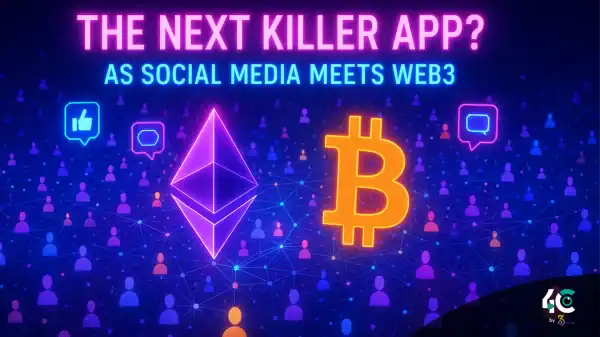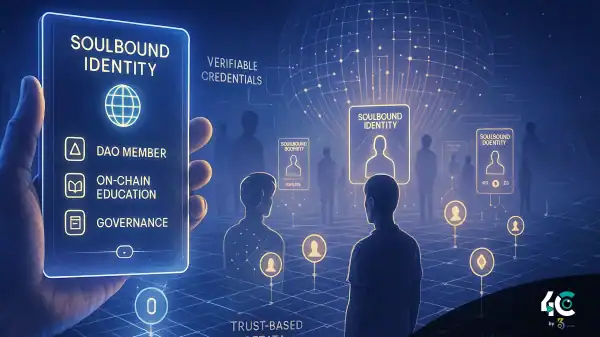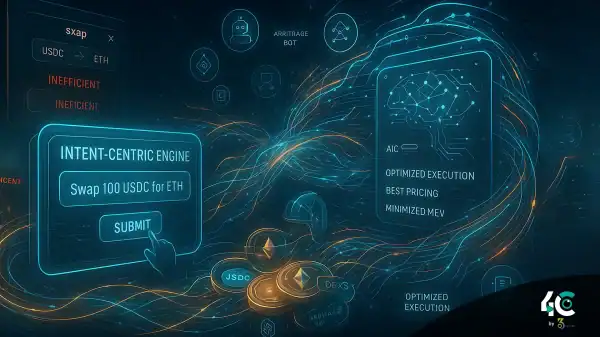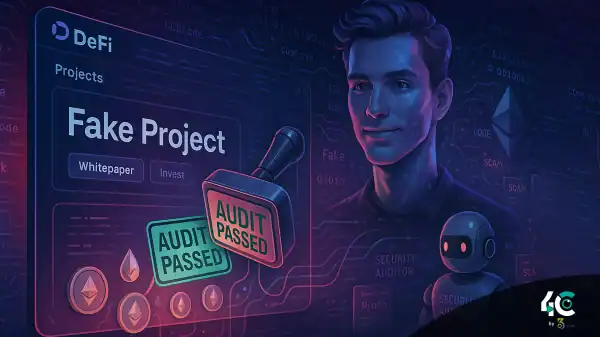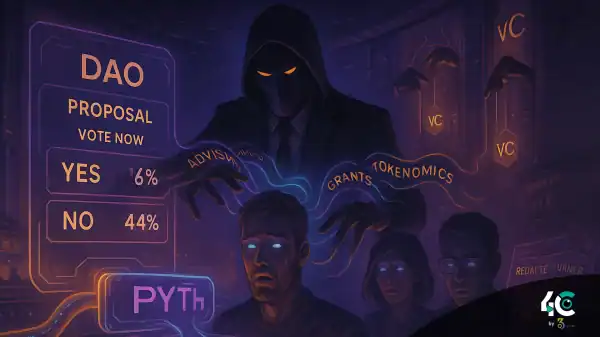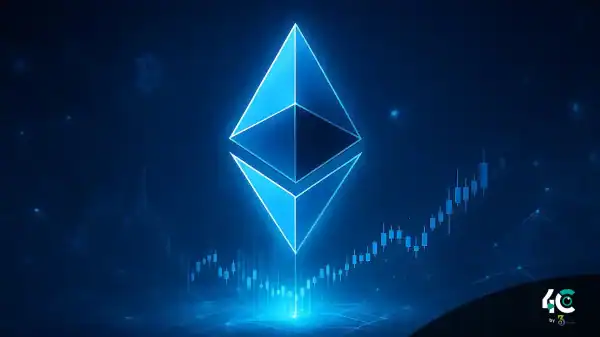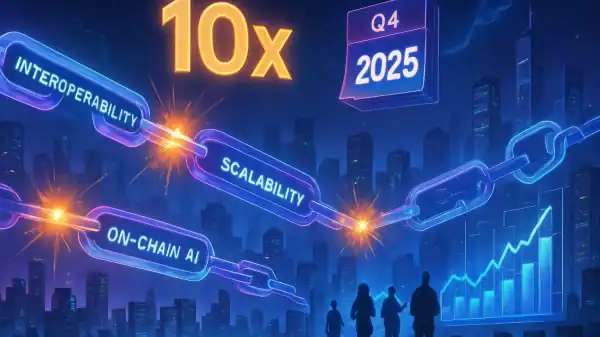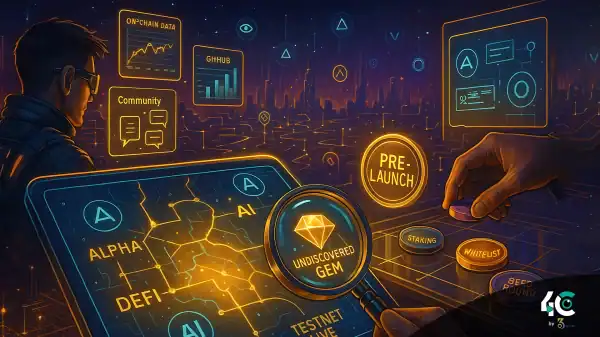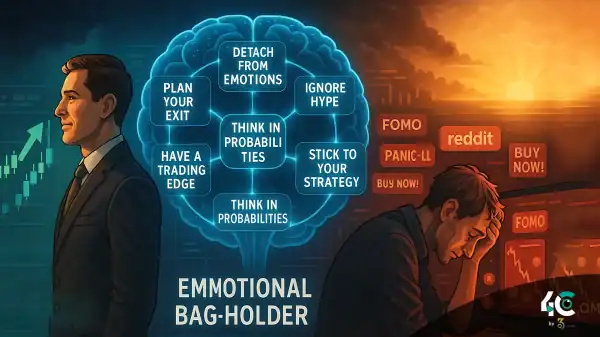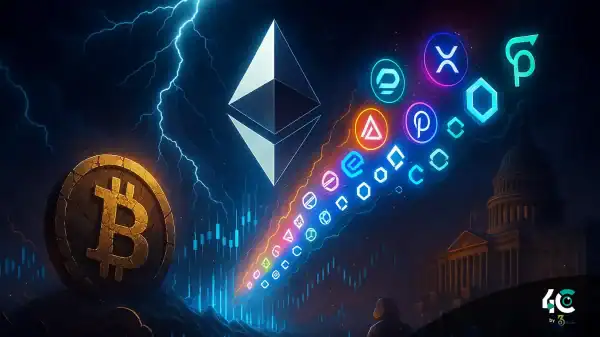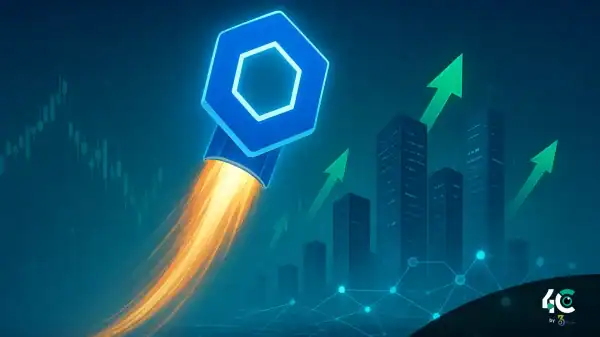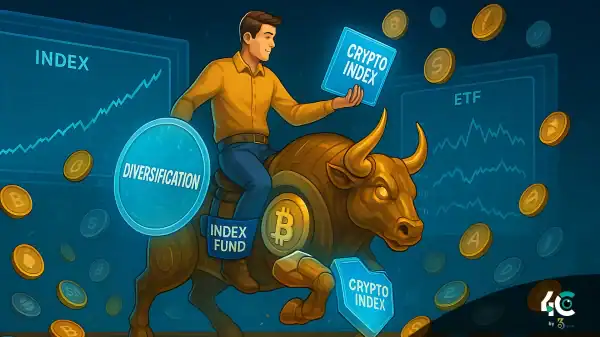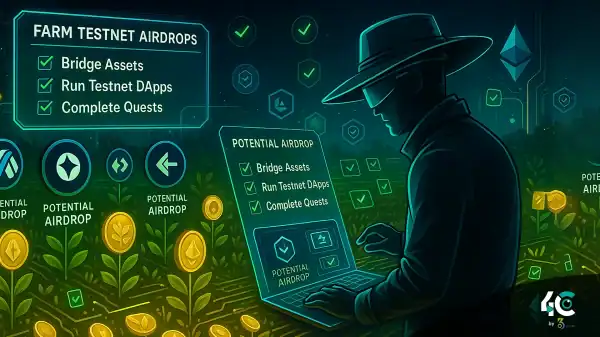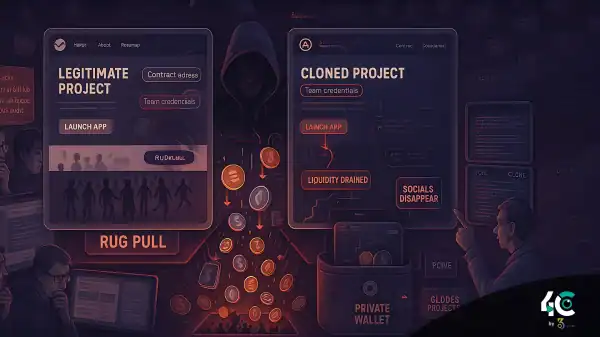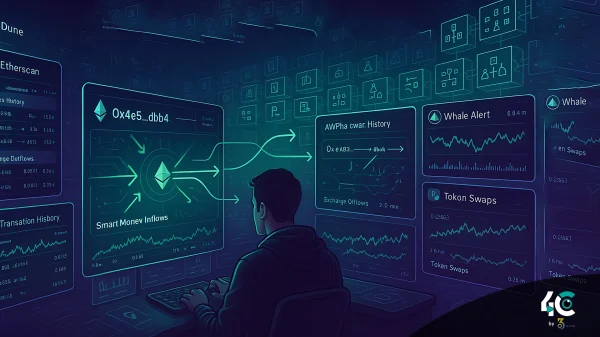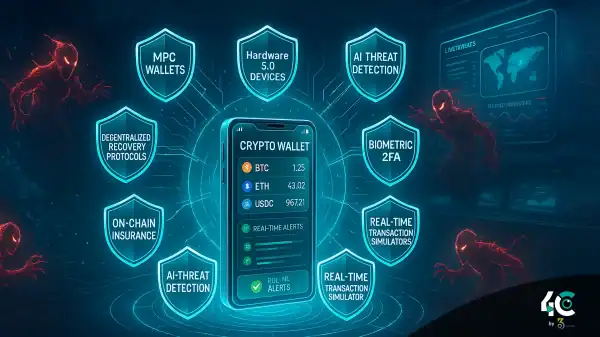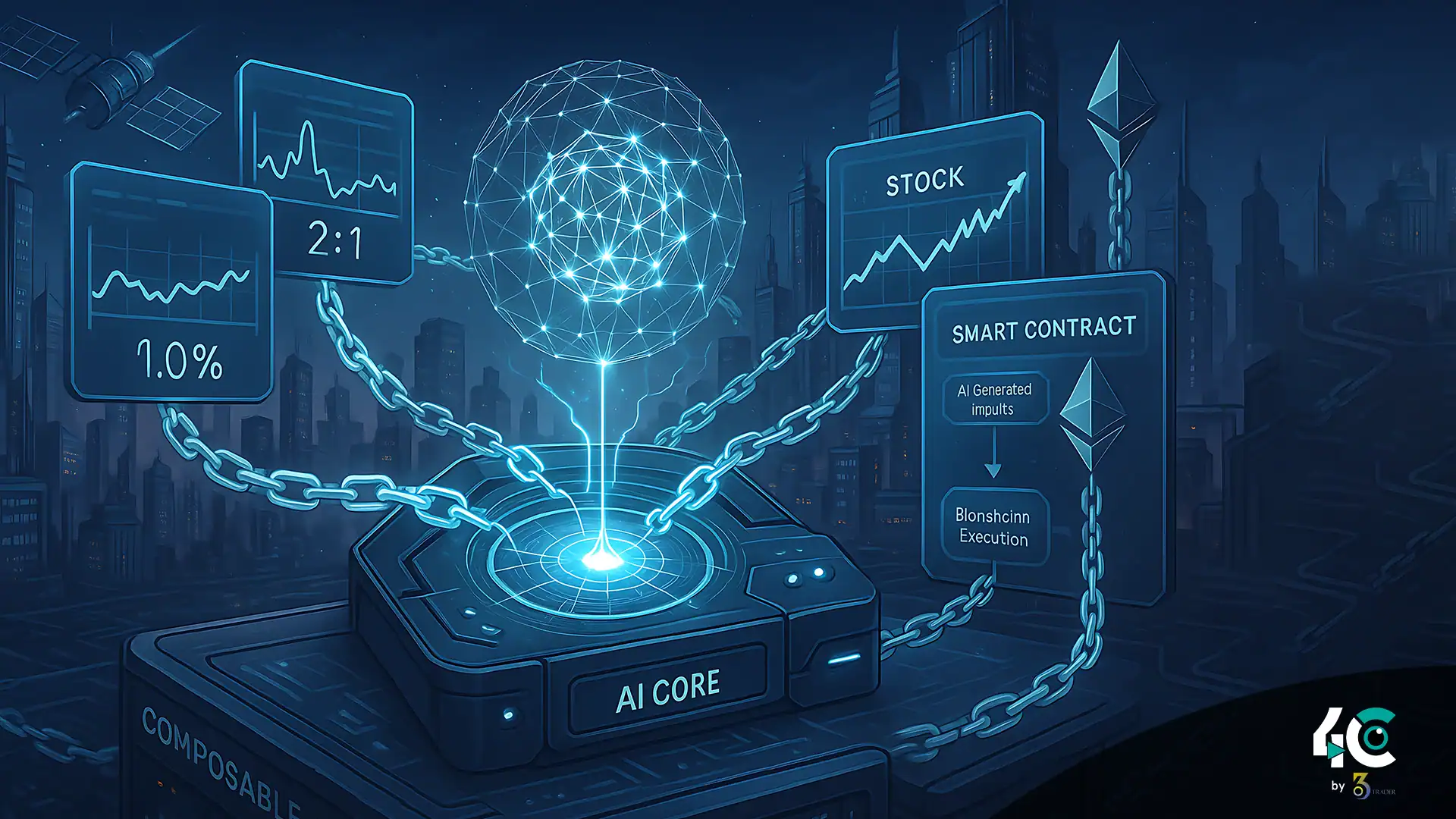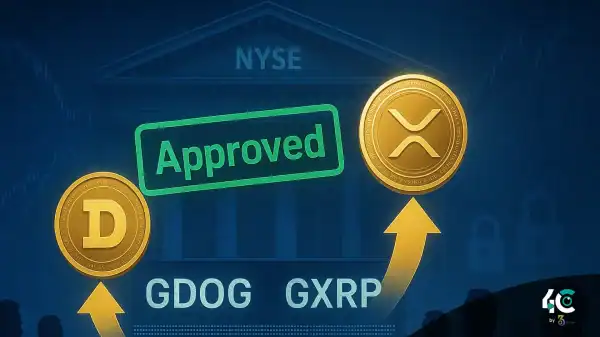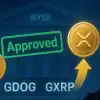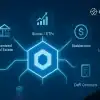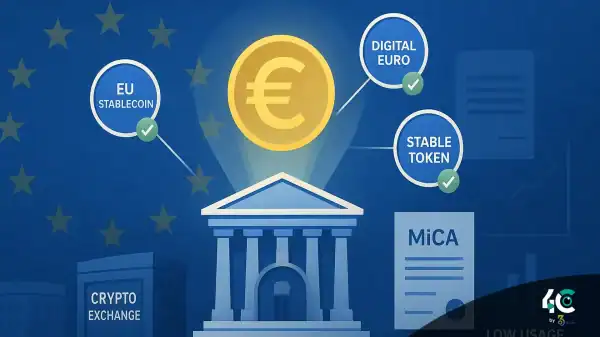AI-powered oracles are changing the game in blockchain by enhancing smart contract performance. They enable faster, smarter decisions using real-time, trusted data.
According to developers behind these emerging protocols, AI oracles act as a bridge between complex machine learning models and blockchain smart contracts. This connection enables dApps to access real-time, processed insights, going far beyond simple data feeds.
Why AI Oracles Mark a New Era
Traditional Oracles:
- Offer static data inputs with limited adaptability.
- Support simple logic (e.g., if A happens, then B).
- Can become centralized points of failure.
AI-Based Oracles:
- Deliver machine-generated forecasts and intelligent insights.
- Support dynamic, multi-variable decision-making.
- Utilize decentralized infrastructure for increased reliability.
- Evolve with continuous machine learning advancements.
How AI-Powered Data Enters the Blockchain
1. Data Collection
- Gathers diverse real-world inputs from satellites, IoT devices, and APIs.
- Compiles raw information across domains, from weather to financial markets.
2. AI Processing
- Applies machine learning to identify patterns, trends, and risks.
- Generates forecasts—like climate events or price fluctuations—with probability scores.
3. Oracle Conversion
- Transforms AI predictions into blockchain-compatible formats.
- Ensures data integrity using cryptographic verification.
4. Smart Contract Execution
- Executes logic based on AI outputs.
- Enables automated, adaptive responses to real-world conditions.
Example:
A forecasted 80% chance of drought triggers a smart contract to automatically pay out crop insurance to affected farmers—without manual intervention.
Transformative Use Cases Across Industries
Smarter Agriculture
- Uses satellite and sensor data to forecast crop conditions.
- Automates insurance payments after adverse events.
- Helps optimize planting and harvesting through predictive analysis.
Advanced DeFi Systems
- Feeds real-time market predictions into trading bots.
- Adjusts collateral dynamically using risk models.
- Detects anomalies in trading behavior to prevent fraud.
Self-Driving Supply Chains
- Forecasts shipment delays based on weather and traffic.
- Triggers contract penalties automatically.
- Enhances inventory tracking with predictive demand signals.
AI-Driven Gaming & NFTs
- Introduces dynamic NFTs that change based on live data.
- Enables eSports betting platforms powered by predictive analytics.
- Builds adaptive economies curated by AI behavior models.
Challenges Ahead for AI Integration
Technical Limitations
- On-chain AI remains expensive and resource-intensive.
- Latency issues hinder time-sensitive use cases.
- Maintaining model accuracy over time requires regular updates.
Trust and Transparency
- Ensuring auditable AI outputs is critical to prevent misuse.
- Promoting explainable AI models is essential for credibility.
- Updating models must follow community-governed protocols.
Regulatory Considerations
- Aligning with evolving global AI regulations and financial compliance.
- Clarifying responsibility for incorrect or manipulated forecasts.
- Safeguarding user data across jurisdictions.
A Glimpse Into the Future of Smart Contracts
As AI-native infrastructure matures, we’re likely to see:
- Self-adjusting smart contracts that respond to real-time conditions.
- DAOs governed by predictive insights rather than static votes.
- Risk-aware DeFi protocols capable of mitigating threats in advance.
Key Innovators in the Space:
- Chainlink Functions: Integrates AI into smart contracts.
- Fetch.ai: Provides autonomous economic agents.
- Bittensor: Supports decentralized machine learning at scale.
Conclusion
AI oracles aren’t just a technical enhancement—they signal the start of a smarter, more adaptive blockchain era. By combining real-time prediction with automation, these systems unlock a future where smart contracts can anticipate, react, and evolve. While technical and regulatory challenges remain, the potential for intelligent decentralized infrastructure is massive.


